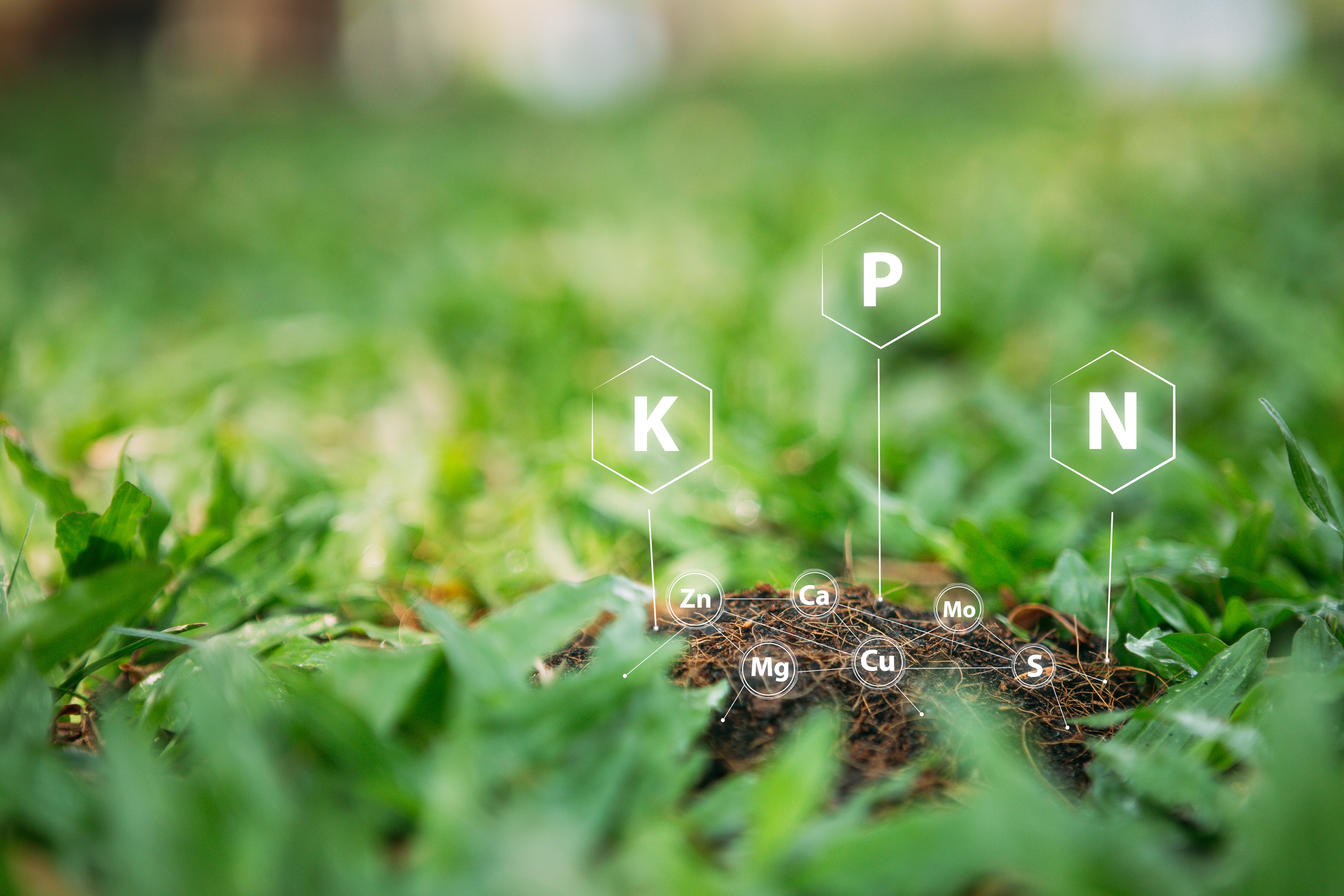 The impacts of using soil carbon amendments like compost are maximized through a technique called nutrient management. This involves considering several factors when applying an amendment to the land and developing a system for tracking soil nutrients. An effective nutrient management Assessment is based on the four R's of nutrient stewardship: right Source, right Method, right Rate, and right Timing.
The impacts of using soil carbon amendments like compost are maximized through a technique called nutrient management. This involves considering several factors when applying an amendment to the land and developing a system for tracking soil nutrients. An effective nutrient management Assessment is based on the four R's of nutrient stewardship: right Source, right Method, right Rate, and right Timing.
Choose the best nutrient source for your specific needs, based on the combination of local soil, climate, specific crops being grown, and other conservation practices being employed on the land. Conduct a soil test for the most accurate information. Consider the method of application for the amendment: how and where it will be used affects the kind and quantity of amendment needed. Assess each piece of land being treated with amendments individually to account for their specific factors. Factor in this information soil test results, other conservation methods, technology and tools being used, and climate conditions to figure out the best practices for determining the best amount and timing for applying amendments.
Applying effective nutrient management to the use of compost and other amendments can maximize the benefits they provide for plant productivity, soil health, and carbon sequestration, while also minimizing potential environmental impact on surface and groundwater. In addition, an effective nutrient management plan can provide significant savings on the costs of acquiring and applying compost: as much as $23-$49 per acre.
Learn more about the details of creating effective nutrient management plans on the CA Field Office Technical Guide website.
The following sections highlight some of the most applicable and effective methods for the Sacramento region and provide access to additional sources to learn more.
